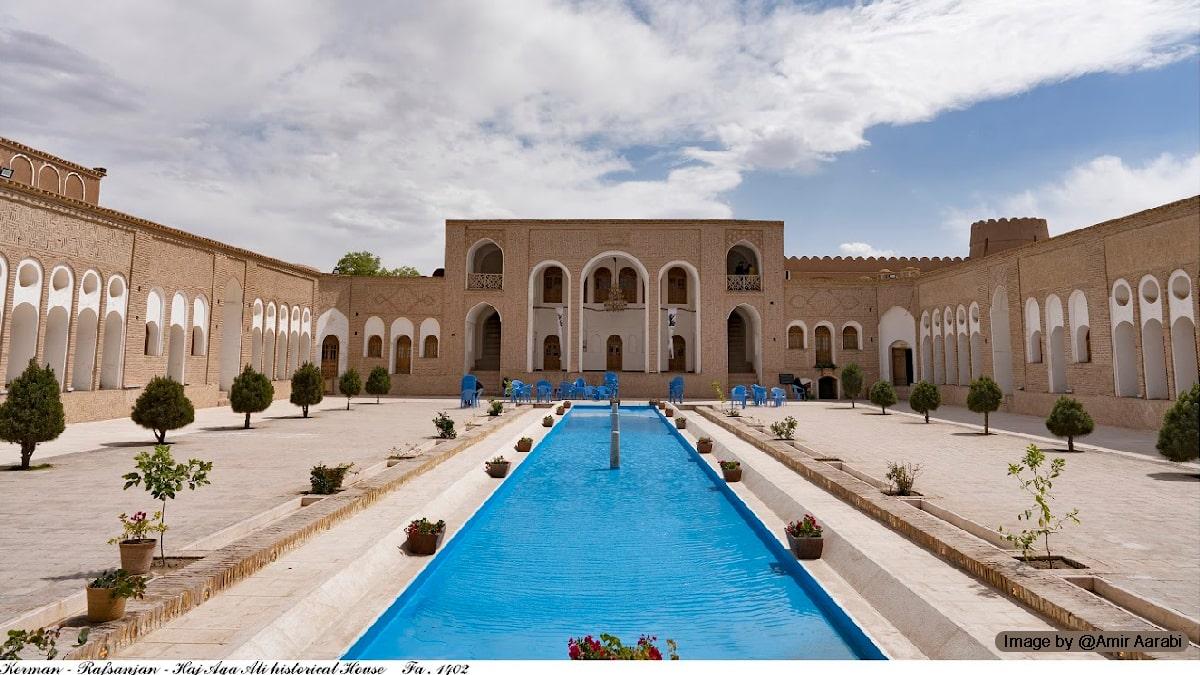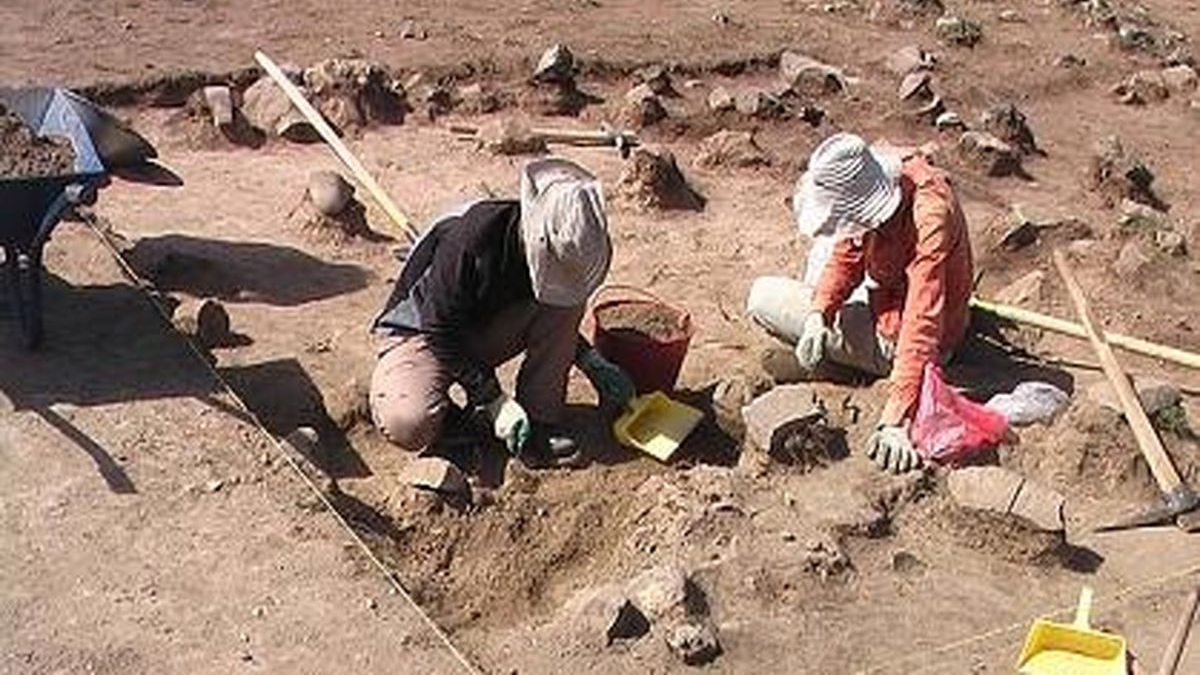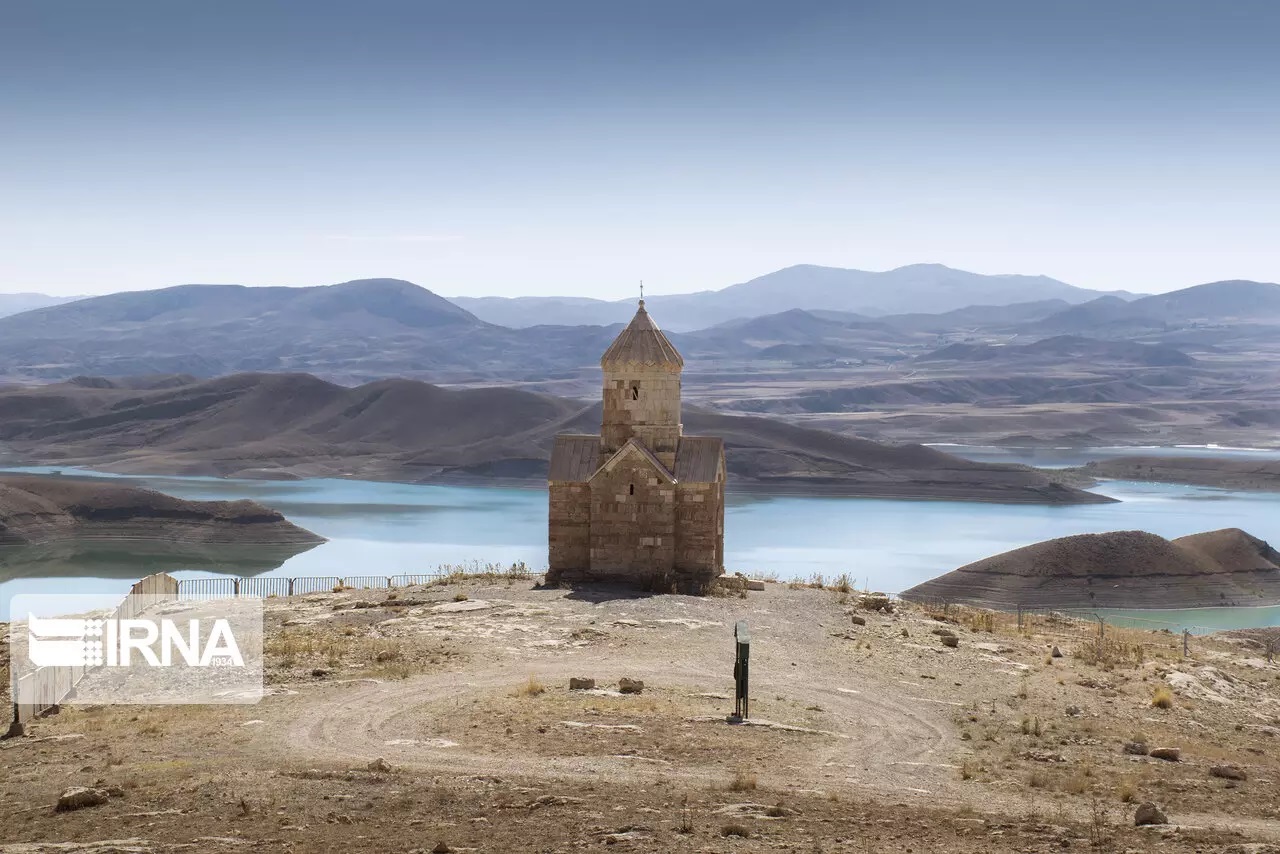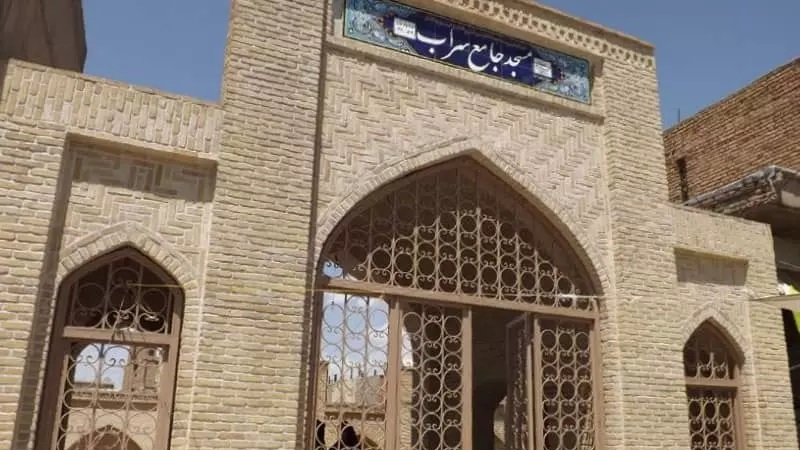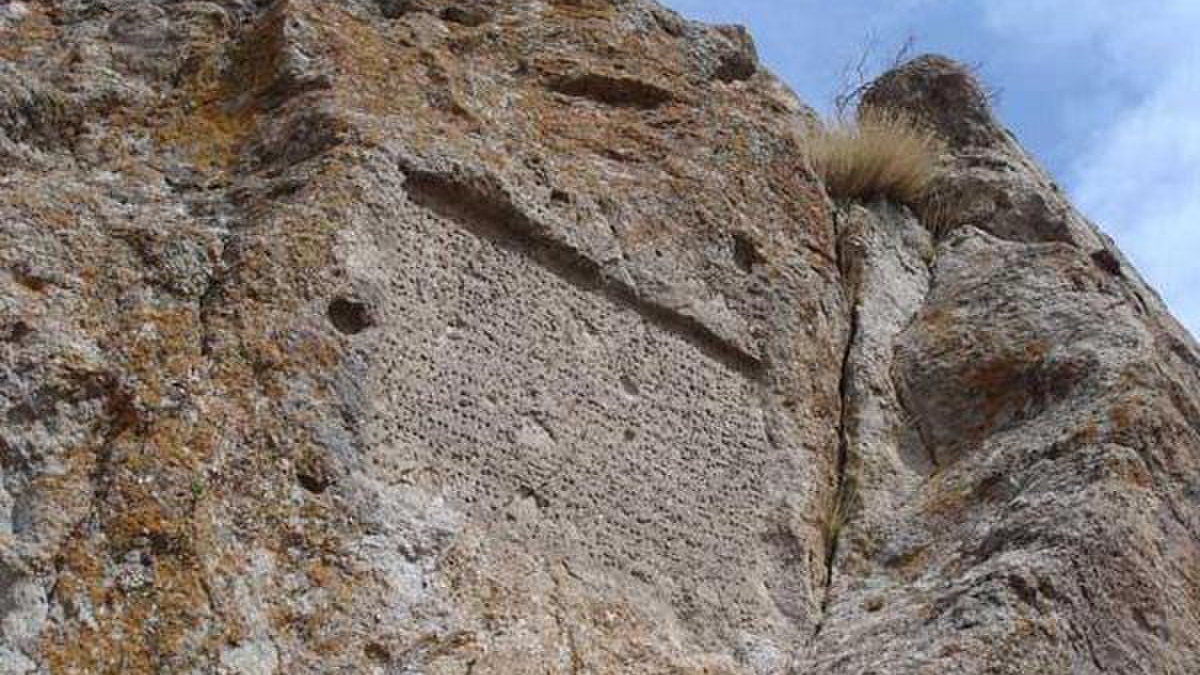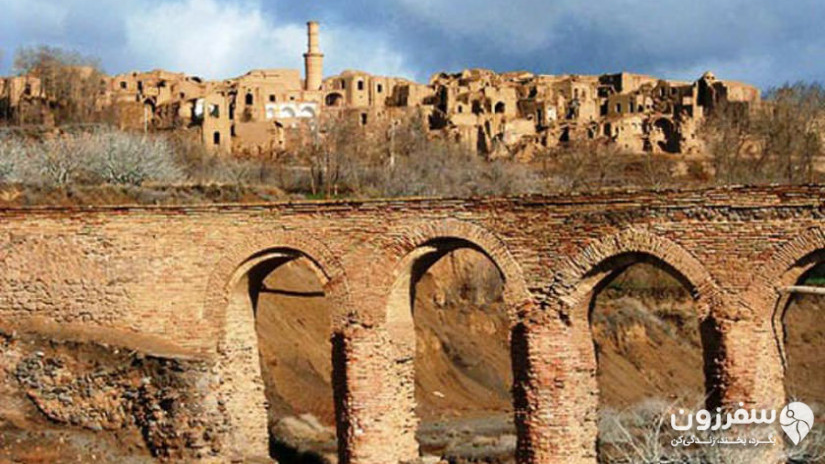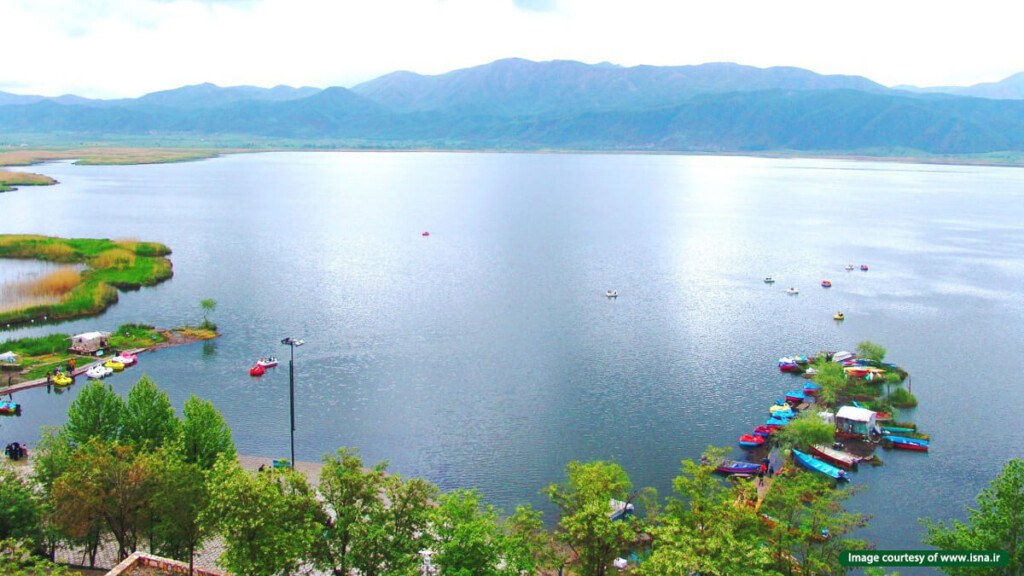
Naryn Castle of Sardrud
East Azarbaijan Province of Iran is quite unique in terms of its pristine nature and pleasant landscapes. There are many cities and villages in this province that can be ideal destinations for nature lovers. Sardrud, which is situated at a short distance from Tabriz, is a scenic and historical city with beautiful orchards producing greengage, grapes, apricots, walnuts, apples, peaches, and pears. Sardrud is also one of the handmade carpet tableau-producing centers of Iran.
However, what makes Sardrud historically important is the existence of historical mounds such as “Salsal”, “Sardor”, “Salsa’il”, and especially “Naryn”, which houses a historical castle. This historic castle is located on the heights of Sardroud, in a place called “Markhoni Park”, on top of a low hill. The hill on which Naryn Castle is located is situated next to Sahand Heights, one of the most important mountain ranges of East Azarbaijan, where many important rivers of the province originate from. Having fertile soil and abundant water resources, this region is a suitable place for agriculture and animal husbandry.
History of Naryn Castle of Sardrud
Naryn Castle of Sardrud dates back to the first millennium BC. Experts believe that Sardrud was the center of attention during the Urartian rule. The Urartu was a tribe from the mountains of the South Caucasus who formed a ruling dynasty in the 9th century BC and also took over parts of the Azarbaijan region.
In some religious and historical texts, the kingdom of Urartu is also known as the Kingdom of Ararat. The Urartu dynasty was eliminated around 600 BC. The buildings left from their era show that their architecture was special and luxurious and had a great influence on the Medes and Achaemenids who came to power after them. During its time, this kingdom promoted trade activities around the Caspian Sea. Some experts associate the name Sardrud with “Sarduri” II, an Urartian king who was apparently killed in 743 BC.
There are so many artifacts left within the vicinity of the castle that many pottery works are often found during the plowing of the agricultural fields around it. The pottery artifacts obtained from the castle and its surrounding area are related to different periods and this indicates that this castle was still functional after the collapse of the Urartian rule. The discovery of glazed pottery artifacts belonging to the 7th and 8th centuries AH (13th and 14th AD) shows that the castle had been functional for more than a thousand years. The last traces of habitation in this place are towers and ramparts from the Islamic period.
Features of Naryn Castle of Sardrud
Naryn Castle covers an area of approximately 500 x 700 meters. The height of the walls of this castle is more than five meters and their thickness is about two meters. These features made it almost impossible to break through the walls of the castle, which made the castle a safe place for its inhabitants during the enemy’s attack.
There are large amounts of rubble inside the castle, which were probably used in the structures that do not exist anymore. A small hill can be seen at the end of the eastern part of the castle, on which some old graves are located. These graves are covered with ocher clay and it seems that this cover was a kind of tribute to the deceased. Due to its privileged location, Naryn Castle contains valuable artifacts and information that have not been has not yet been fully explored by archeologists.
Naryn Castle of Sardrud was inscribed on the list of Iran’s national heritage in the year 2002.
Naryn Castle of Sardrud dates back to the first millennium BC and experts believe that this city was the center of attention during the Urartian rule, which took over parts of the Azarbaijan region in the in the 9th century BC.
| Name | Naryn Castle of Sardrud |
| Country | Iran |
| State | Yazd |
| City | Meybod |
| Type | Historical |
| Registration | National |
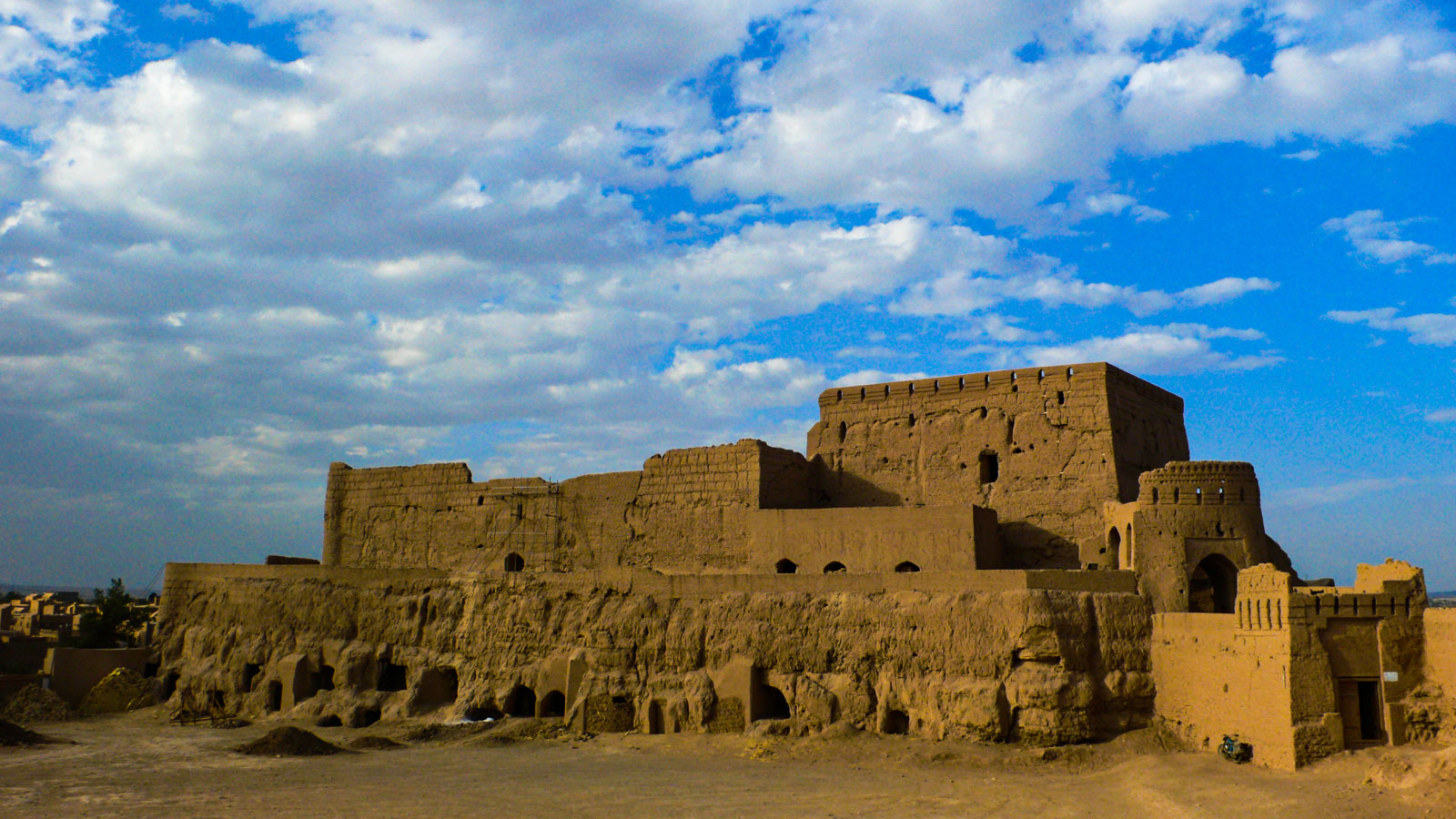
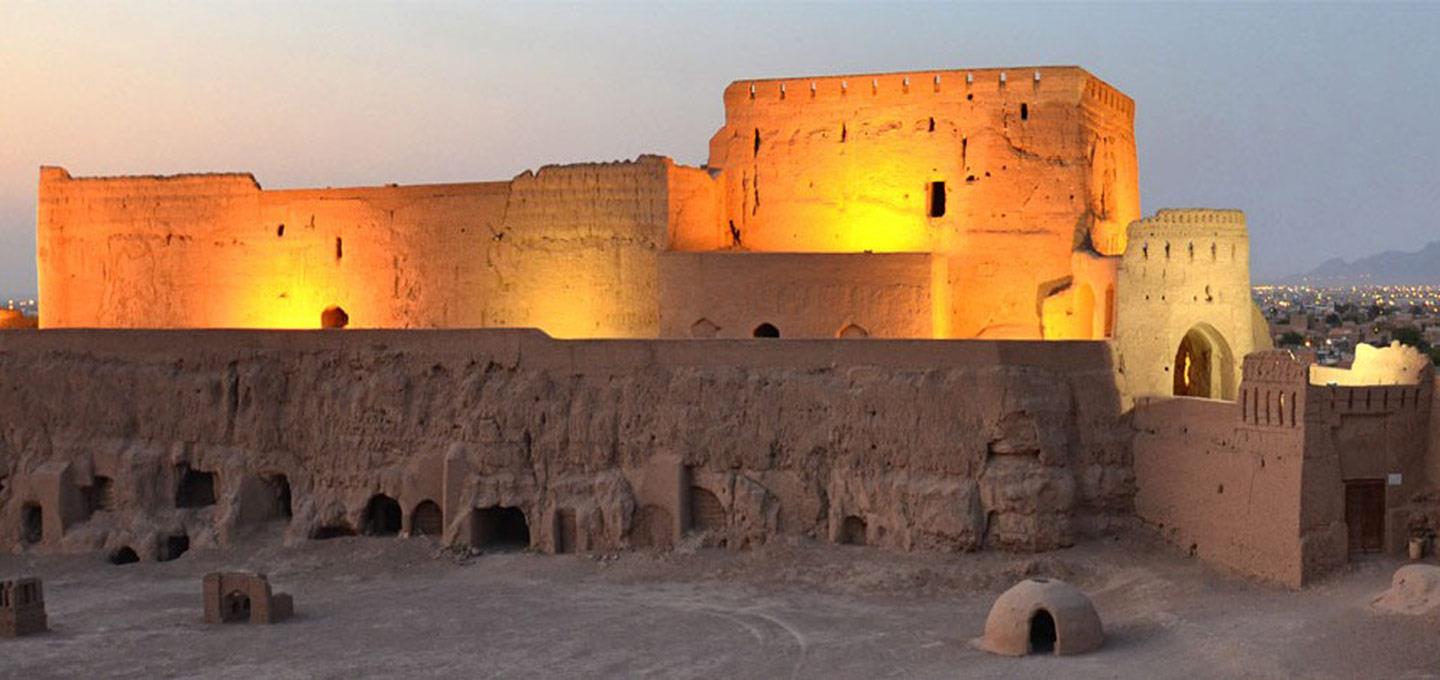
_(1600x1200)_1.jpg)


_(1600x1200)_1.jpg)
Choose blindless
Red blindless Green blindless Blue blindless Red hard to see Green hard to see Blue hard to see Monochrome Special MonochromeFont size change:
Change word spacing:
Change line height:
Change mouse type:
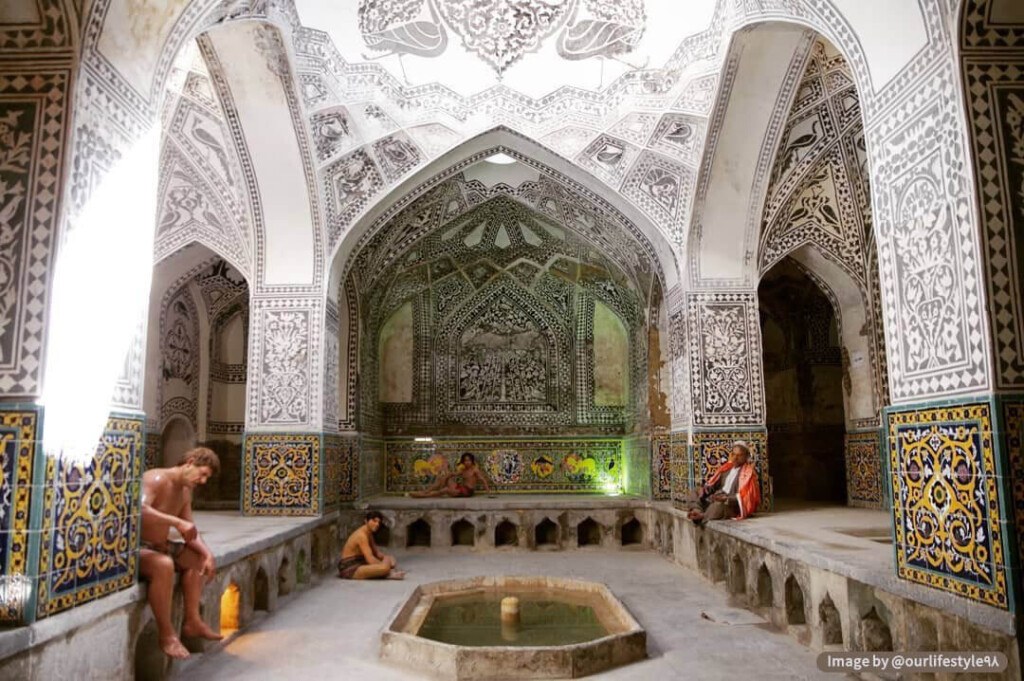
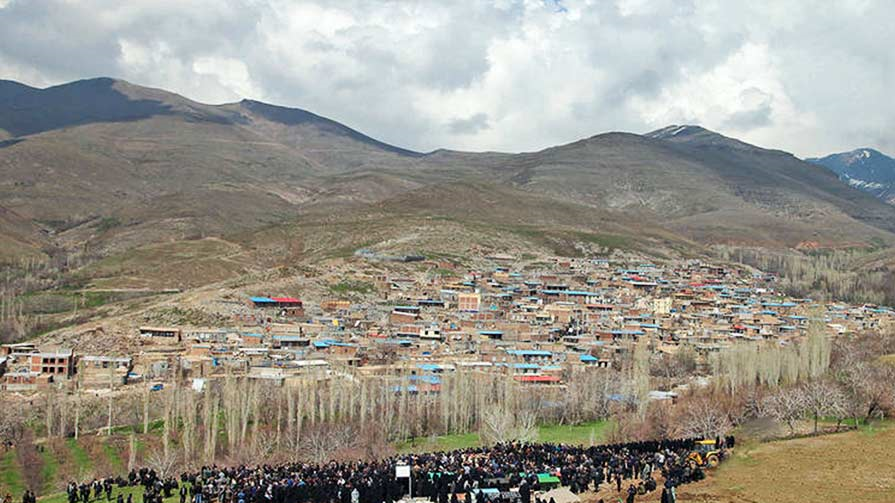
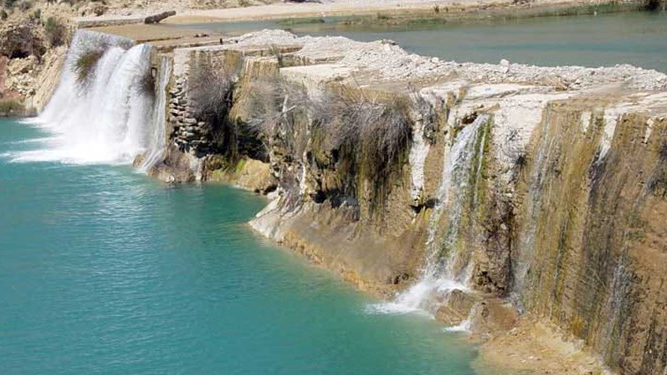

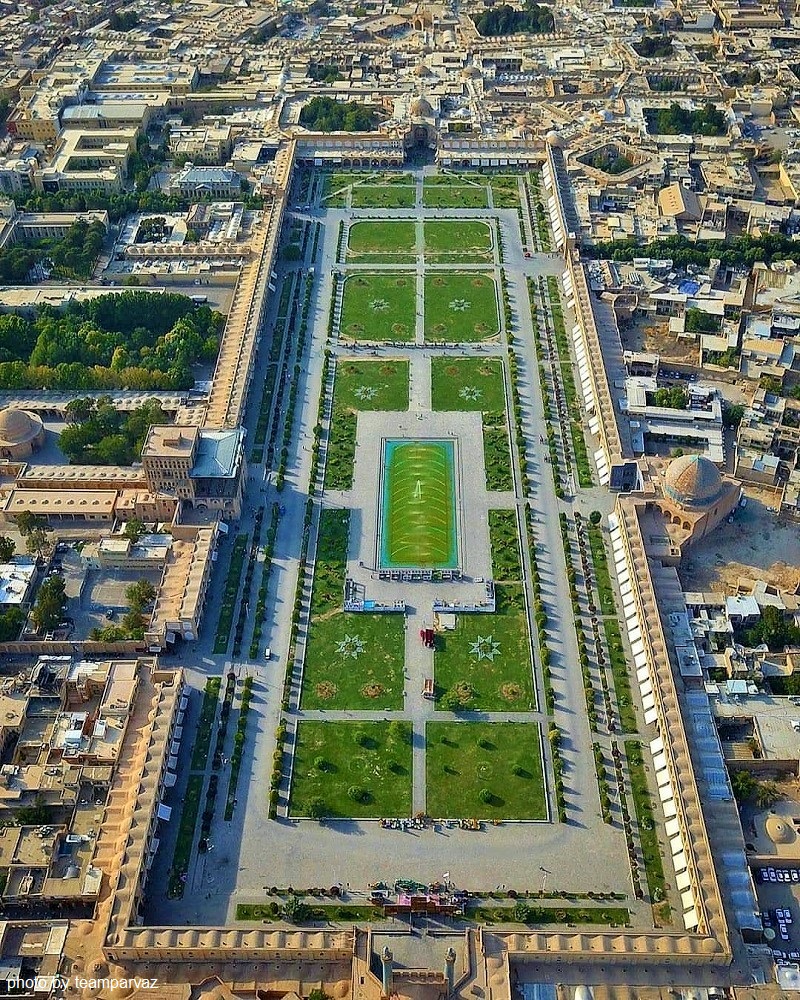
_crop_3.jpg)
